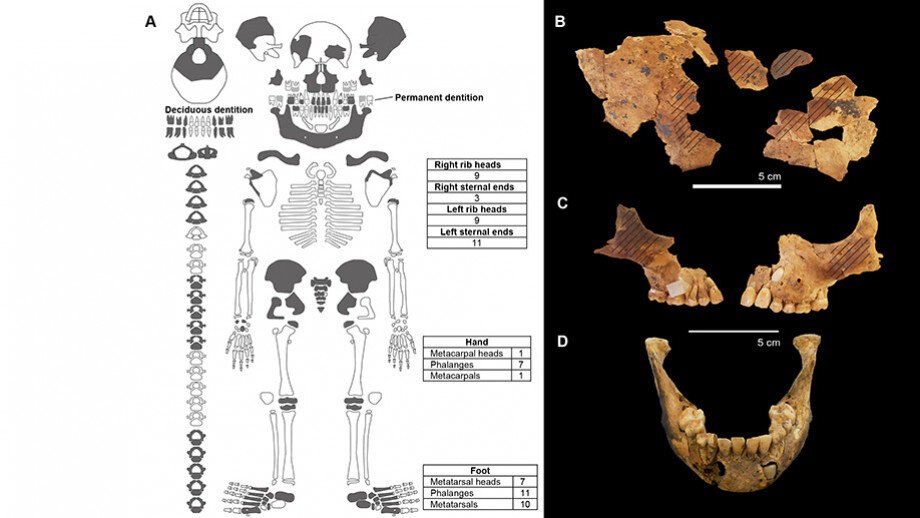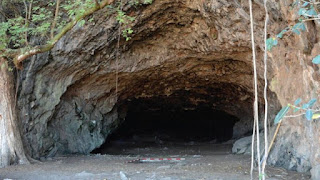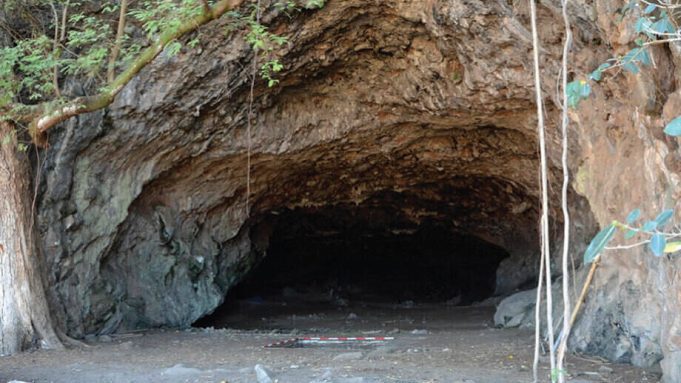Recently a team from the Australian National University (ANU) archeology team discovered a rare child's grave about 8,000 years ago in Makpan Cave on the island of Alor in East Nusa Tenggara in Indonesia.
Based on deposit analysisthis ancient site dates back about 25,000 years. While the Makpan site has been researched since 2015this discovery is the oldest ancient man settlement ever founddating back to around 40,000.
Published by Australian National UniversityDr Sofia Samper Carro, the lead researcher in the studysays it’s thought that the child was about 6 to 8 years old based on dental evidence. However, the child’s skeleton is the same size as a 4- to 5-year-old childburied in a ceremonial or ritual mannerdating back to 8,000 years ago.
Samper Carro says thatthe child’s grave is a very rare and significant findand that the grave on Alor Island appears to be the only one in the regionfrom the Early Mid-Holocene Period. That saidarchaeologists will continue to conduct further research related to the find. Archaeologists from the Department of Archaeologyin the Faculty of Science and Culture from the University of Gadjah Madasay that the research initially was done to find traces of prehistoric manduring the migration to Australia.
Because this find turned out to be a burial sitethis points to the conclusions that early prehistoric manactually settled on Alor Island. Initial conclusions indicated the possibilityof ancient humans passing through Alor Islandon their way to Australia, migrating from north to south. In 2019human remains on Alor Islandalso provided new insights about the human migration through southeast Asiathousands of years ago.
Dr Sofia Samper Carro saysthe discovery of two skullsdated to be from 12,000 and 17,000 years ago respectivelyappear to be the oldest human remains ever discoveredon Wallaceaan island between JavaPapua New Guineaand Australia.
The small size of the skullsshows how the early modern human skull got smalleras they settled on the islands. This is called the Island Effecthere humans and other large mammals arrive on an islandwithout an abundant food source or preyhey evolved into a smaller sizewhile small animals evolved into larger sizes.

Credit: Dr Sofia Samper Carro, ANU
Furthermorethe humans that moved from the island didn’t just use this site as transit before moving to a new area. It’s possible that environmental changesmay have meant not enough food was available for their survival. One study finds that early humanswere able to adjust to changes in climate very quickly as they moved to Australia thousands of years ago.
Makpan Cave itself provides evidence that people did in fact live there, thousands of years agoincluding the discovery of stone toolsshellsshellfishand other seashells and urchins found around Alor island. According to Dr Shimona Kealy from Australian National University analysis of artefacts found in Makpan indicate how early settlers were able to invent things and adapt themselves to their surroundings.
This gives further insight into how early man migrated between the islands and how they faced challenges such as climate change. Now not long after their first arrival the sea levels started decreasing. This would have made the distance from the cave to the shore much further and there is a strong possibility this pushed people to expand their eating habits to include fruits and vegetables on their menu. After that Makpan was abandoned about 7,000 years ago before the last settlement phase, which was around 3,500 years ago.

